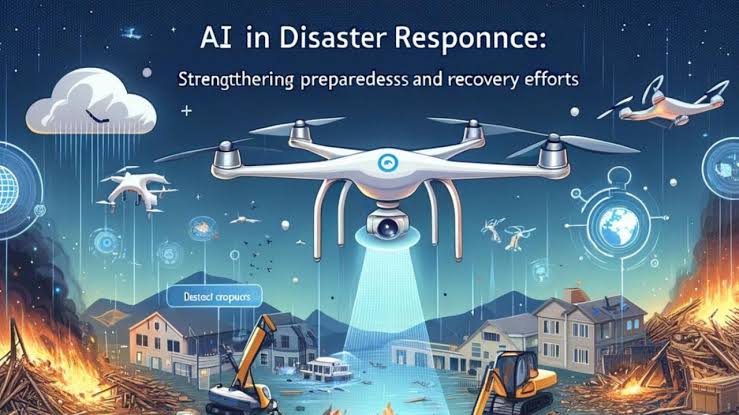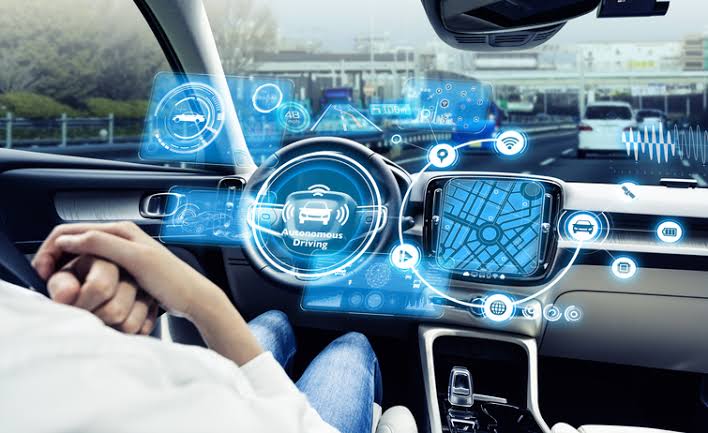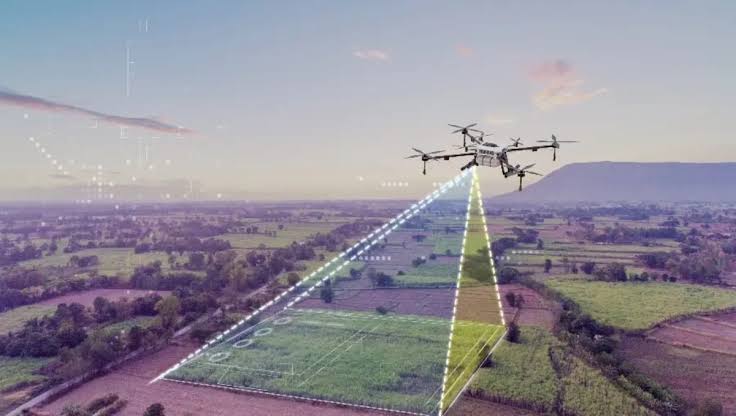Natural disasters like hurricanes, earthquakes, floods, and wildfires have become more frequent and severe in recent years, making disaster preparedness very important worldwide. As of July 2025, artificial intelligence (AI) has become a key tool in improving disaster management. AI helps predict natural disasters more accurately and supports actions to reduce harm to people and property.
AI’s capabilities in analyzing big data, identifying patterns, and making real-time decisions enable it to offer insights that human analysts might overlook. Through satellite imagery, environmental sensors, and predictive modeling, AI is helping governments, scientists, and emergency services better anticipate disasters, plan evacuations, and reduce human and economic loss. This article explores how AI is revolutionizing the way we predict and prevent natural disasters across different regions of the world.
AI in Earthquake Prediction
One of the most promising applications of AI lies in the early detection of earthquakes. Traditional seismic methods often struggle to provide sufficient warning time. However, machine learning models are now being trained to analyze vast datasets from seismic activity, underground tremors, and geophysical changes.
In 2025, advanced AI systems in Japan, California, and Turkey are already being used to detect anomalies in ground movement patterns. These systems can identify the precursors of earthquakes and issue alerts several minutes before the quake strikes. While this may seem like a short period, those minutes can be critical in allowing people to seek shelter, stop trains, and shut down vital infrastructure. AI is also being used to model aftershock sequences, helping engineers and rescue teams assess structural risks after a major quake.
Flood Prediction and Mitigation
Flooding remains one of the most common and costly natural disasters worldwide. In many flood-prone countries, AI is playing a vital role in both prediction and response. Using historical weather data, satellite imagery, and real-time data from river sensors, AI systems can forecast flood risks days or even weeks in advance.
In 2025, organizations like the World Bank and local governments in countries like Bangladesh and Nigeria have begun deploying AI-driven flood forecasting systems. These platforms use machine learning algorithms to predict the rise of water levels in rivers and dams, and to model the movement of floodwaters across terrain. Communities are alerted ahead of time, evacuation plans are triggered, and relief agencies can mobilize resources faster than ever before.
Wildfire Detection and Prevention
With climate change contributing to longer and more intense fire seasons, AI is now being used extensively in wildfire management. Traditional fire lookout methods are no longer sufficient. Instead, AI-powered systems now monitor forests using satellite data, drones, and ground-based sensors to detect the smallest signs of potential fires.
As of mid-2025, California and parts of Australia are implementing AI-powered fire detection platforms that use infrared imaging and heat signatures to spot wildfires in their earliest stages. AI also analyzes wind patterns, humidity, and vegetation density to predict how a fire might spread. Fire departments receive these insights in real time, allowing them to respond quickly and allocate resources where they’re most needed. In some cases, predictive AI has been able to prevent fires by recommending pre-emptive controlled burns and firebreak construction.
AI in Hurricane and Cyclone Tracking
AI has significantly improved the accuracy and timeliness of hurricane and cyclone predictions. These storms are traditionally tracked using complex meteorological models, but now, AI enhances these models by rapidly processing satellite images, barometric pressure data, ocean temperatures, and wind patterns.
In 2025, meteorological agencies like NOAA (in the United States) and the India Meteorological Department are integrating AI into their storm tracking systems. AI not only refines the predicted path of a storm but also forecasts the potential for storm surges, rainfall volume, and wind intensity. With better predictive modeling, evacuation orders can be more precisely targeted, reducing unnecessary disruption and saving lives.
Real-Time Disaster Response and Coordination
Beyond prediction, AI is now being deployed during and after disasters to assist with emergency response and recovery. AI systems can analyze social media posts, emergency calls, and drone footage to map affected areas and identify individuals who may be trapped or in need of urgent assistance.
For example, in the aftermath of the 2024 Indonesian earthquake, AI was used to process drone imagery and pinpoint collapsed buildings where survivors might be located. Emergency teams were able to reach victims more efficiently, and supplies were delivered where they were needed most. AI-based logistics systems also helped organize the distribution of food, medical aid, and temporary shelters, reducing waste and speeding up recovery.
Challenges and Ethical Considerations
Despite its advantages, the integration of AI in disaster prediction and prevention comes with challenges. One of the main issues is the availability and quality of data, especially in developing countries where infrastructure may be limited. Biased or incomplete data can lead to inaccurate predictions, which could cost lives.
There are also concerns about privacy, especially when using AI to monitor social media or location data during a disaster. Transparency in how AI models are trained and used is essential to maintaining public trust. Additionally, over-reliance on AI systems could be dangerous if those systems malfunction or provide misleading outputs. Human oversight must remain central to any AI-driven system.
Conclusion
Artificial intelligence is redefining the global approach to natural disasters. From predicting earthquakes and floods to tracking hurricanes and responding to wildfires, AI enables faster, more informed decisions that can save lives and minimize destruction. As of July 2025, the growing investment in AI-based disaster management systems by governments, nonprofits, and tech companies indicates a clear recognition of its value.
However, the future success of AI in disaster prediction and prevention will depend on responsible implementation, continuous data improvement, and collaboration between scientists, policymakers, and local communities. When used ethically and effectively, AI has the potential to transform disaster management from reactive to proactive—making the world a safer and more resilient place.



